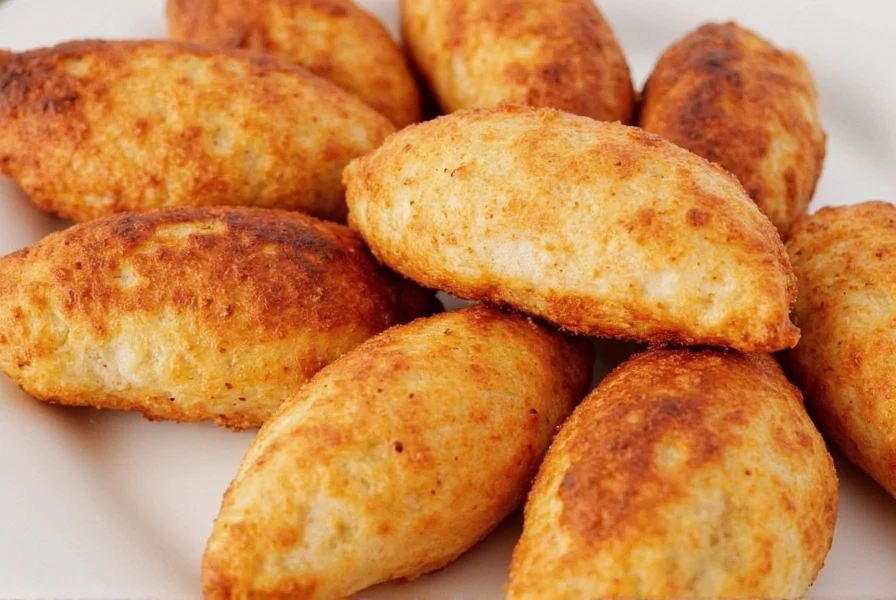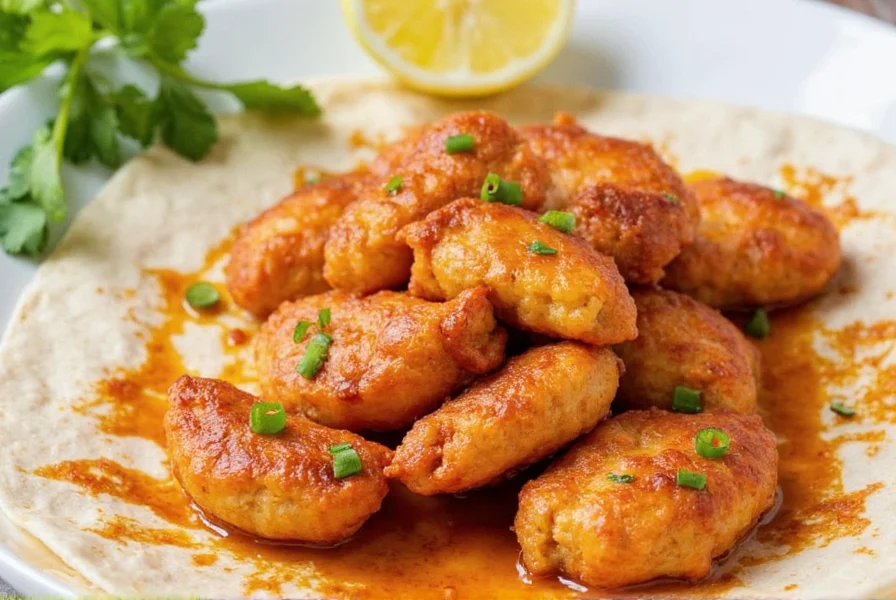Sopaipillas are a beloved traditional Latin American fried pastry, not a spice. These fluffy, golden treats are a staple in countries like Mexico, Chile, and the Southwestern United States. Whether you're a seasoned cook or a beginner, this guide covers everything you need to know about making and enjoying sopaipillas at home. Discover their simple ingredients, versatile uses, and tips for perfecting this delicious dish.
Table of Contents
- What Is Sopaipillas?
- Uses and Applications
- Cooking Tips
- Buying Guide
- Frequently Asked Questions
- Conclusion
What Is Sopaipillas?
Sopaipillas are traditional Latin American fried pastries made from a simple dough of flour, water, salt, and leavening agent. They puff up when fried and can be served sweet or savory. The name sopaipillas (sometimes spelled sopaipas in Chile) comes from the Arabic word "sopa," meaning bread soaked in liquid, reflecting the dish's possible Moorish influences. Traditional sopaipillas are made with flour, water, salt, and a leavening agent, though regional variations abound. In Chile, they often include pumpkin in the dough, giving them a distinctive orange hue and subtle sweetness.

Uses and Applications
Sopaipillas are incredibly versatile. They can be served sweet or savory, making them appropriate for any meal of the day. Here are some popular ways to enjoy sopaipillas:
- Sweet Treat: Drizzle with honey, sprinkle with powdered sugar, or serve with syrup for a delicious dessert or breakfast option.
- Savory Option: Serve with pebre (a Chilean salsa made with tomatoes, onions, and cilantro) or simply with salt for a traditional savory snack.
- Meal Accompaniment: Pair with stews, soups, or chili as a substitute for bread or tortillas.
- Filled Sopaipillas: Create pockets by cutting open cooled sopaipillas and filling them with cheese, meat, or other savory ingredients.
Cooking Tips
While sopaipillas are simple to make, getting that perfect puff requires some technique. Here are some tips to help you master this traditional treat:
- Dough Consistency: The dough should be soft but not sticky. If it's too dry, add water a teaspoon at a time; if too wet, add flour sparingly.
- Oil Temperature: Maintain oil at 350-375°F (175-190°C). Too cool and they'll absorb oil; too hot and they'll brown before puffing.
- Don't Overcrowd: Fry only 2-3 sopaipillas at a time to maintain oil temperature and ensure even cooking.
- Poke Holes: Some recipes recommend poking a small hole in each sopaipilla before frying to help them puff evenly.

Buying Guide
| Product Type | Features | Advantages | Use Cases | Target Audience | Suitable Occasions |
|---|---|---|---|---|---|
| Traditional Mix | Premixed flour with leavening agents | Convenient, consistent results | Quick homemade sopaipillas | Busy home cooks | Weekend cooking, family gatherings |
| Frozen Sopaipillas | Pre-formed, ready to fry | Saves preparation time | Quick snack or dessert | Convenience-focused shoppers | Impromptu gatherings, quick meals |
| Artisan Sopaipillas | Handmade, traditional preparation | Superior flavor and texture | Special occasions, authentic experience | Food enthusiasts, traditionalists | Special events, cultural celebrations |
When choosing commercial products, look for brands that use simple ingredients without unnecessary additives. For the most authentic experience, making them from scratch is highly recommended. Freshly made sopaipillas have a light, airy texture that's hard to replicate with store-bought versions.
Frequently Asked Questions
- What exactly are sopaipillas?
Sopaipillas are traditional Latin American fried pastries made from a simple dough of flour, water, salt, and leavening agent. They puff up when fried and can be served sweet or savory. - How do sopaipillas differ from beignets or funnel cakes?
While all are fried pastries, sopaipillas typically use a yeast-free dough that puffs to create a pocket, whereas beignets often use yeast-risen dough and funnel cakes are made from a batter. - Why aren't my sopaipillas puffing?
This usually happens when the oil temperature is too low or the dough is too thick. Ensure your oil is at 350-375°F and roll the dough to an even 1/4 inch thickness. - How should I store leftover sopaipillas?
Store cooled sopaipillas in an airtight container at room temperature for up to 2 days. Reheat in an oven or air fryer to restore crispness—avoid microwaving as it makes them soggy. - Can I make sopaipillas without frying?
While traditional preparation requires frying, you can try baking them at 400°F for 12-15 minutes, though they won't achieve the same puff or texture as fried versions. - What's the difference between Mexican and Chilean sopaipillas?
Chilean sopaipillas (sopaipas) often contain pumpkin in the dough and are typically served with pebre sauce, while Mexican versions are usually served with honey and don't contain pumpkin.

Conclusion
In conclusion, sopaipillas are a delicious and versatile treat that brings a taste of Latin American tradition to your kitchen. With their simple ingredients and ability to be served in both sweet and savory preparations, they can transform your meals in ways you might not expect. Whether you're making them for a special occasion or just a weeknight treat, sopaipillas offer a delightful culinary experience.
So, the next time you're looking to add something special to your menu, consider making sopaipillas from scratch. They might just become your new favorite homemade treat. And remember, the magic happens when that dough hits the hot oil and puffs up perfectly—there's nothing quite like the aroma of freshly fried sopaipillas filling your kitchen!











 浙公网安备
33010002000092号
浙公网安备
33010002000092号 浙B2-20120091-4
浙B2-20120091-4